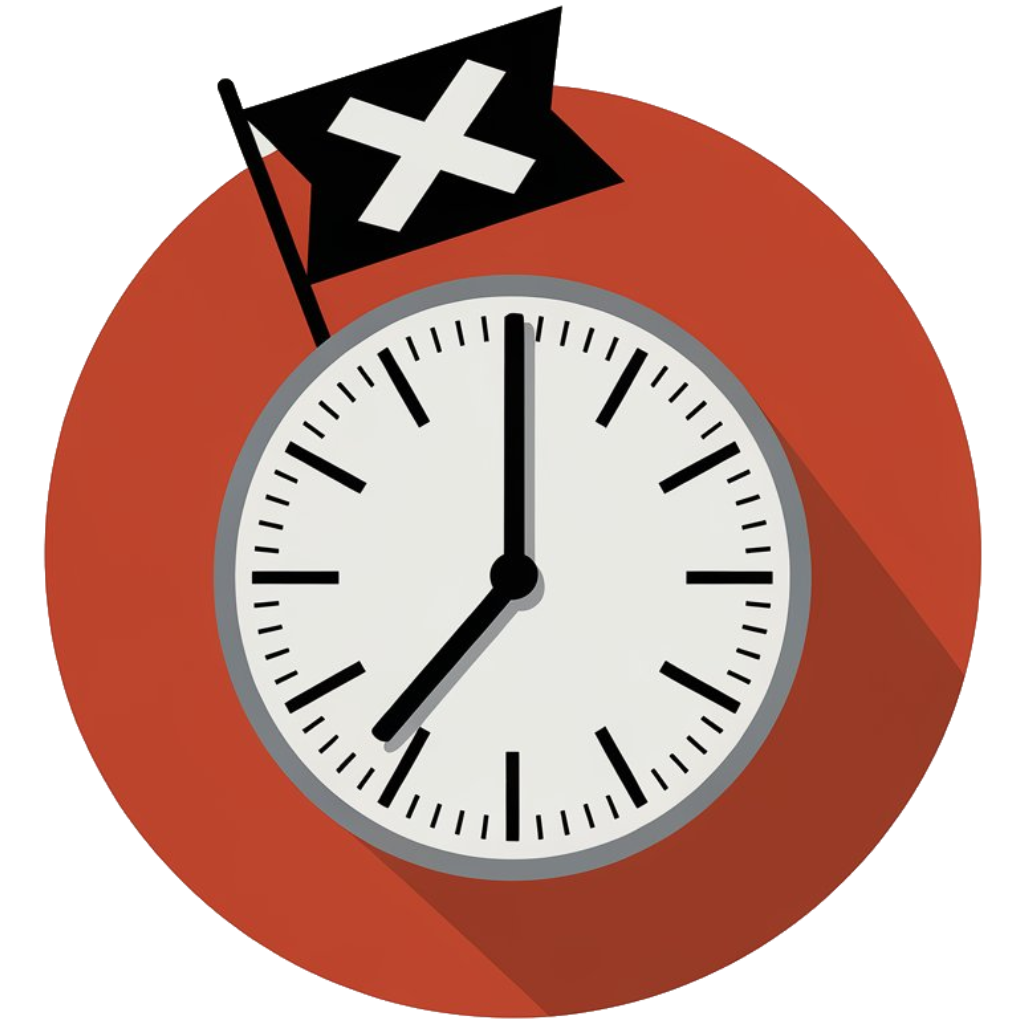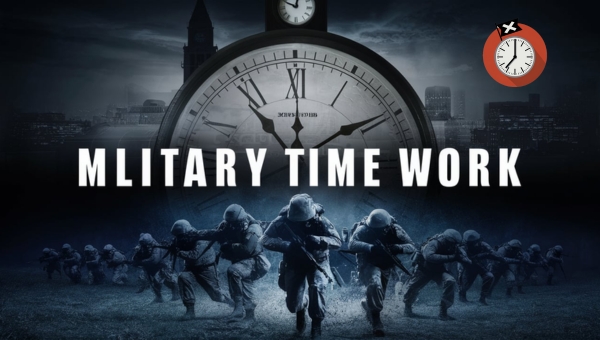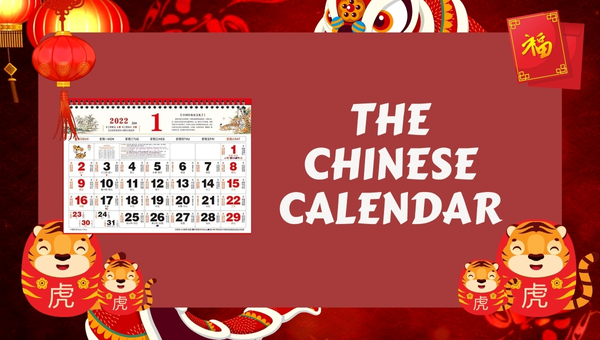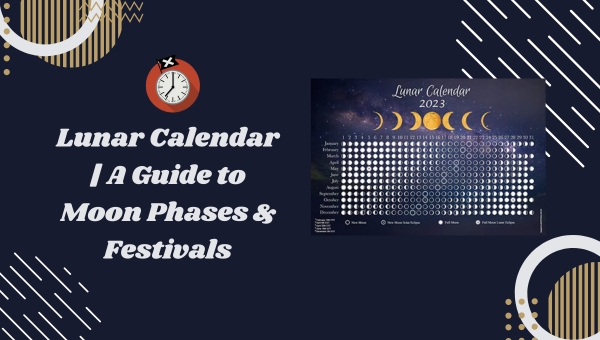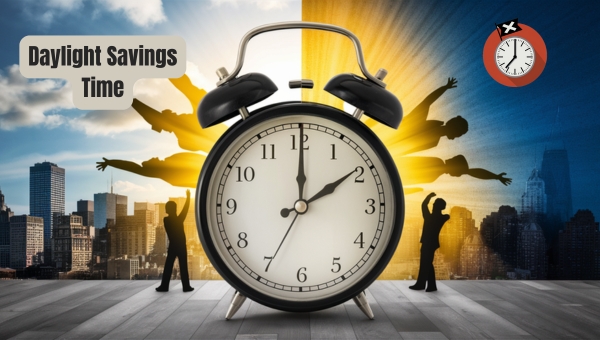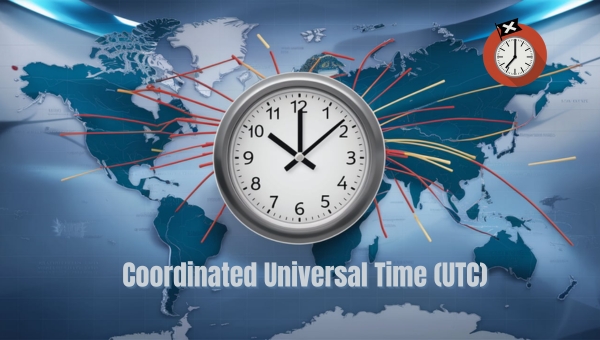Mayan Calendar History [From Tzolk’in to Long Count]

The Mayan Calendar is more than just a way to track time; it’s a window into the rich, complex world of the Maya civilization. In this article, we’ll explore the fascinating history and development of the Mayan calendar, dive into its key components like the Tzolk’in and Haab’ cycles, and uncover important dates and events.
We’ll also discuss its modern relevance and address common misconceptions. Whether you’re a history buff or just curious about ancient cultures, you’ll find valuable insights here. Let’s embark on this journey to uncover the secrets of the Mayan Calendar together!
Understanding the Mayan Calendar
The Mayan Calendar is a complex and fascinating system developed by the ancient Maya civilization. This calendar is not just a tool for measuring time, but it also holds significant cultural and spiritual value for the Maya people.
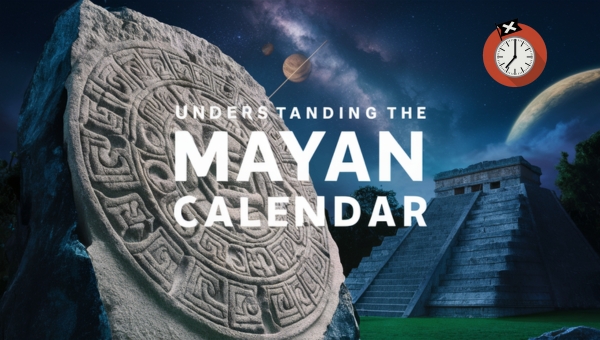
To grasp its full importance, it’s essential to delve into its history and structure. By understanding the origins and components of the Mayan Calendar, we can appreciate its role in the daily lives and rituals of the Maya civilization.
History and Development
The Mayan Calendar has its origins in the early days of the Maya civilization, which thrived in regions that are now part of Mexico, Guatemala, Belize, Honduras, and El Salvador. This system dates back to at least the 5th century BCE. The calendar was integral to the Maya’s religious practices, agricultural activities, and social events.
- The Maya believed their calendar was a gift from the gods, which gave it immense cultural significance.
- It was used to plan agricultural cycles, schedule religious ceremonies, and record historical events.
- The calendar’s development showcases the Maya’s advanced understanding of astronomy and mathematics.
Structure and Components
The Mayan Calendar is composed of several interlocking cycles, each with its own purpose and timeframe.
The primary components are:
- Tzolk’in: This is a 260-day cycle used for divination and ceremonial events. It consists of 20 periods of 13 days each.
- Haab’: This is a 365-day solar calendar used for agricultural and civil purposes. It includes 18 months of 20 days each, plus a short month of 5 days called *Wayeb’.
- Long Count: This system tracks longer periods of time and is used to record historical events. It counts the number of days since a mythical creation date.
These components interact in a sophisticated manner, creating a comprehensive system that could track both short-term and long-term events. The interplay between the Tzolk’in and Haab’ cycles forms a 52-year period known as the Calendar Round, which was significant for the Maya in terms of rituals and social events.
Understanding these elements helps us appreciate the complexity and precision of the Mayan Calendar, shedding light on the advanced knowledge and cultural depth of the ancient Maya civilization.
Key Calendrical Cycles
Understanding the key calendrical cycles of the Mayan Calendar is essential for grasping how the Maya tracked time and organized their society. Each cycle had its specific purpose and played a significant role in Mayan rituals, agriculture, and historical record-keeping. Let’s delve into the main cycles: the Tzolk’in, Haab’, and Long Count.

Tzolk’in (Divinatory Calendar)
The Tzolk’in calendar is a 260-day cycle that was integral to Mayan rituals and divination practices. This calendar consists of 20 periods, each with 13 days. Each day in the Tzolk’in is represented by a combination of a number (from 1 to 13) and one of the 20-day names, which correspond to various gods and natural elements.
- Structure: The cycle repeats every 260 days, making it unique compared to the solar year.
- Purpose: The Tzolk’in was primarily used for religious and ceremonial purposes. It played a crucial role in determining the timing of rituals and ceremonies.
- Divination: Priests or shamans used the Tzolk’in to predict the future and make important decisions. Each day was believed to have specific characteristics and influences, guiding daily activities and spiritual practices.
Haab’ (Civil Calendar)
The Haab’ calendar is a 365-day cycle that closely aligns with the solar year, making it essential for agricultural and civil matters. It consists of 18 months, each with 20 days, plus an additional short month of 5 days called Wayeb.
- Structure: The calendar includes 18 months (known as Winals), each with 20 days, resulting in 360 days. The final 5 days, known as Wayeb, were considered a dangerous and unlucky period.
- Agricultural Use: The Haab’ was vital for planning agricultural activities. Farmers used this calendar to determine the best times for planting and harvesting crops.
- Civil Importance: Beyond agriculture, the Haab’ calendar was used for scheduling community events, festivals, and tracking the passage of time in civic life.
Long Count
The Long Count calendar was designed to track longer periods and historical epochs, making it distinct from the Tzolk’in and Haab’. It is a linear calendar that counts days from a fixed starting point.
- Structure: The Long Count uses a base-20 and base-18 system, consisting of five units: K’in (1 day), Winal (20 days), Tun (360 days), K’atun (7,200 days), and Baktun (144,000 days).
- Historical Tracking: This calendar was used to record historical events and significant dates. It allowed the Maya to chronicle their history over long periods.
- Epochs: Unlike the cyclical nature of the Tzolk’in and Haab’, the Long Count provided a way to track continuous time, which was crucial for understanding historical changes and developments.
The intricacies of these calendars reveal the depth of Mayan astronomical knowledge and their sophisticated approach to timekeeping. Each calendar served a distinct purpose, reflecting the complexity and richness of Mayan culture.
Important Dates and Events
The Mayan calendar is renowned for its intricate system and its ability to mark significant periods and events in the Mayan civilization. By understanding these important dates and events, we can gain deeper insights into how the Maya perceived time and organized their society.
Calendar Round
The Calendar Round is a fascinating aspect of the Mayan calendar, representing a 52-year period where the Tzolk’in and Haab’ cycles align. This alignment is significant because it marks the completion of a cycle that combines the 260-day Tzolk’in and the 365-day Haab’ calendars.
- Tzolk’in Cycle: A 260-day ritual calendar used for divination.
- Haab’ Cycle: A 365-day civil calendar used for agricultural and civil purposes.
When these two cycles intersect, it creates a repeating 52-year period known as the Calendar Round. This period was crucial in Mayan culture, often used to plan important events and ceremonies. The Calendar Round provided a framework for understanding the passage of time and was instrumental in the Maya’s religious and agricultural practices.
Key Historical Dates
The Mayan calendar is not just a tool for marking time but also a record of historical events. Several notable dates are recorded in the Mayan calendar, shedding light on the civilization’s history and astronomical knowledge.
Here are some key historical dates:
- August 11, 3114 BCE: The start of the current Great Cycle in the Long Count calendar.
- December 21, 2012 CE: The end of the 13th baktun, which some interpreted as a significant transition period.
- 9.15.10.0.0: A Long Count date that corresponds to a historical event in Mayan history, such as the accession of a king or a major construction project.
These dates help us understand the Maya’s sophisticated timekeeping and their ability to predict celestial events. By studying these historical dates, researchers can piece together the chronology of Mayan civilization and its achievements.
Understanding these important dates and events in the Mayan calendar gives us a window into the lives and minds of the ancient Maya. Through the Calendar Round and key historical dates, we see a civilization deeply connected to the rhythms of time and the cosmos.
Modern Relevance
The Mayan Calendar continues to captivate our imagination, even in today’s world. From its influence on popular culture to ongoing scholarly research, the legacy of this ancient timekeeping system remains strong. Let’s explore how it impacts contemporary culture and the efforts being made to preserve and study it.
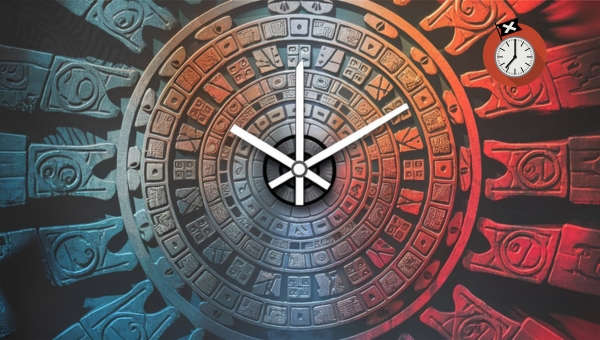
Influence on Contemporary Culture
The Mayan Calendar has left a significant mark on modern culture in various ways. It has:
- Inspired Popular Media: Films, TV shows, and books often reference the Mayan Calendar, adding an element of mystery and intrigue.
- Influenced New Age Beliefs: Many New Age movements incorporate concepts from the Mayan Calendar, believing it holds spiritual significance.
- Sparked Public Interest: Events like the 2012 phenomenon brought widespread attention to the calendar, making it a topic of public discussion.
Calendar Preservation and Study
Preserving and studying the Mayan Calendar is crucial for understanding this ancient civilization. Efforts in this area include:
- Archaeological Excavations: Discoveries of ancient sites and artifacts provide valuable insights into how the Mayans used their calendar.
- Scholarly Research: Academics and researchers publish papers and books that analyze the calendar’s structure and significance.
- Cultural Preservation: Initiatives by indigenous communities aim to keep Mayan traditions and knowledge alive.
By delving into these aspects, we gain a deeper appreciation of the Mayan Calendar’s enduring relevance. The ongoing study and preservation efforts ensure that this remarkable timekeeping system continues to be a subject of fascination and importance.
Challenges and Misconceptions
When discussing the Mayan Calendar, it’s important to address the various challenges and misconceptions that have surrounded its interpretation and understanding. These misconceptions have often led to confusion and misinformation. Let’s delve into the most common misunderstandings and the accuracy of the Mayan calendar.
Common Misunderstandings
One of the most prevalent misunderstandings about the Mayan calendar is the notion that it predicted the end of the world. This misconception gained significant attention leading up to December 21, 2012.
- End of the World Theories: Many believed that this date marked the apocalypse, primarily due to the completion of a cycle in the Long Count calendar. However, the Mayans viewed this as a period of renewal rather than a catastrophic end.
- Misinterpretation of Cycles: Some people misunderstood the cyclical nature of the Mayan calendar, thinking it was linear like the Gregorian calendar. This led to confusion about the significance of certain dates.
- Cultural Misunderstandings: Western interpretations often lacked the cultural context needed to fully understand the calendar’s meaning, leading to erroneous conclusions about its purposes and predictions.
Calendar Accuracy
The Mayan calendar is renowned for its precision and complexity. Its accuracy in tracking time has often been compared to modern timekeeping systems.
- Astronomical Precision: The Mayans were adept astronomers. Their calendar accurately tracked celestial events, such as solar and lunar cycles, with remarkable precision.
- Comparison to Modern Calendars: When compared to today’s Gregorian calendar, the Mayan calendar’s accuracy in predicting astronomical events is impressive. It highlights the advanced understanding the Mayans had of time and astronomy.
- Continuity and Renewal: The Mayan calendar’s cyclical nature emphasizes continuity and renewal rather than an absolute end. This perspective showcases their unique approach to time, contrasting with the linear progression seen in modern calendars.
Understanding these challenges and misconceptions helps to appreciate the true depth and sophistication of the Mayan calendar, while also correcting common errors in its interpretation.
Mayan Calendar Cycles
| Calendar Cycle | Duration | Description | Purpose |
|---|---|---|---|
| Tzolk’in | 260 days | A sacred 260-day calendar composed of 20 periods of 13 days each. | Religious ceremonies, divination |
| Haab’ | 365 days | A solar calendar consisting of 18 months of 20 days each, plus a 5-day period (Wayeb’). | Civil and agricultural activities |
| Calendar Round | 52 years (18,980 days) | The combined cycle of Tzolk’in and Haab’, completing a cycle every 52 years. | Marks significant time periods |
| Long Count | Approximately 5,125 years | A linear calendar system used to track time over long periods. | Historical and astronomical tracking |
| Baktun | 144,000 days (approximately 394.3 years) | The largest unit of the Long Count. | Tracks epochs in Mayan history |
| Katun | 7,200 days (approximately 20 years) | A smaller division of the Long Count. | Tracks generations and significant events |
| Tun | 360 days | A 360-day cycle within the Long Count. | Long-term historical tracking |
| Uinal | 20 days | A month-like division in both the Haab’ and Long Count. | Organizes time into manageable periods |
| Kin | 1 day | The basic unit of time in the Mayan calendar. | Daily tracking |
Note: The Long Count cycle is not fixed, as the Maya believed it would continue indefinitely.
Conclusion
The Mayan Calendar is a remarkable testament to the advanced understanding of time and astronomy by the Maya civilization. From its intricate components to its significant cultural relevance, the calendar offers a deep dive into the rich history and knowledge of the Maya people. Its influence continues to be felt in modern times, making it a captivating subject for both scholars and enthusiasts alike.
Understanding the Mayan Calendar not only enriches our historical perspective but also highlights the ingenuity of ancient civilizations. If you found this information intriguing, explore more of our blogs for a broader understanding of ancient cultures and their contributions!
